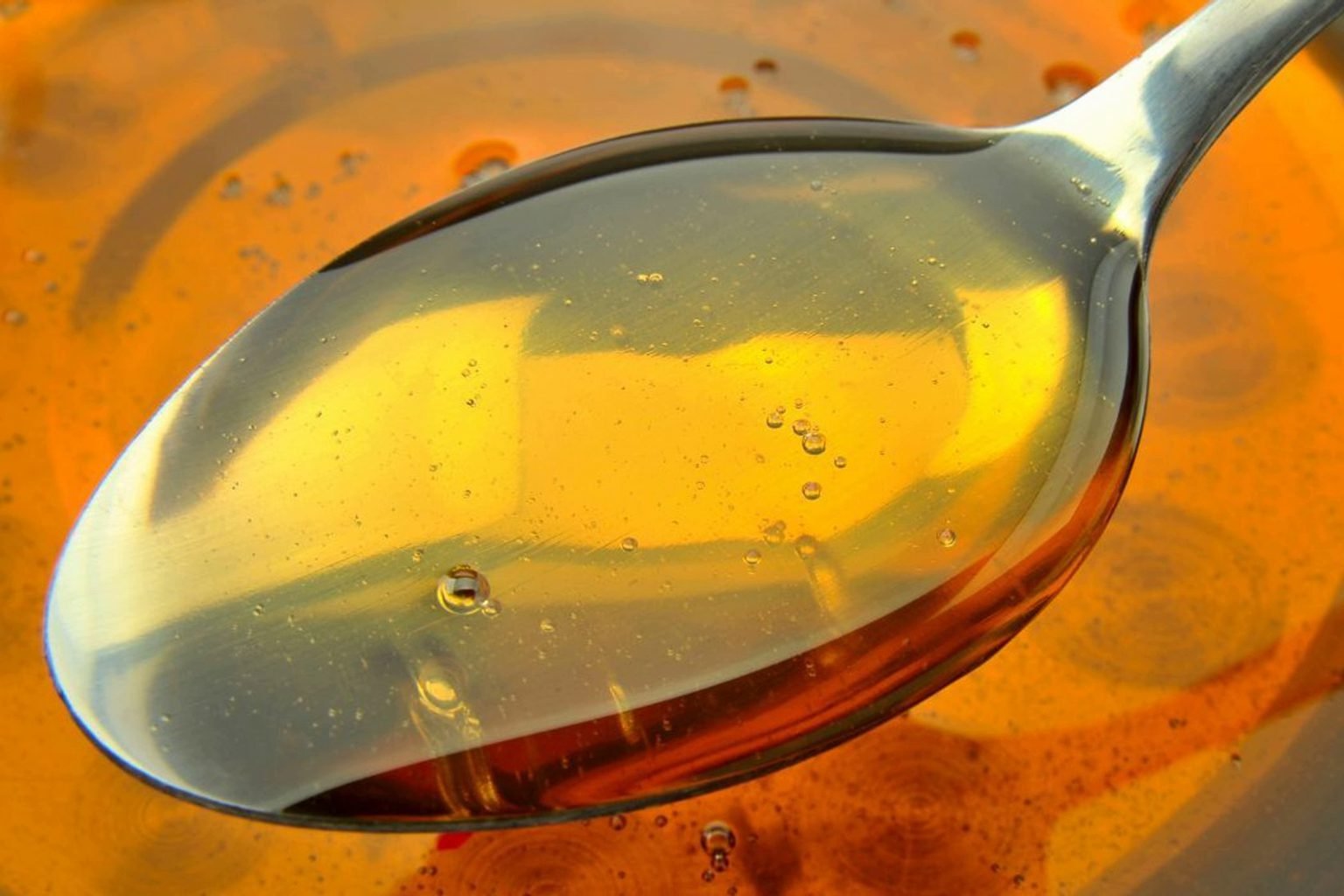Cracking a grape seed between your teeth can ruin the joy of eating those sweet fruits. That’s why many people pick seedless grapes at the store. But hidden inside those slightly bitter seeds are powerful nutrients that benefit your whole body. These seeds are often pressed to make grapeseed oil, a versatile and healthy oil that deserves a spot in your kitchen and self-care routine.
Not too long ago, people believed that to lose weight and stay healthy, avoiding all oils was a must. That’s simply not true. Healthy fats, in the right amounts, are essential for our wellbeing. Among these fats, grapeseed oil stands out for its unique properties and health benefits. Let’s dive into what makes this oil so special and how you can best use it.
Grapeseed oil benefits for skin, brain, and heart health
World’s top airline for 2025 unveiled at Skytrax Awards : the definitive list
Grapeseed oil is packed with vitamin E, often called the vitamin of youth. This powerful antioxidant helps keep your skin, hair, and nails looking healthy while fighting premature aging. Thanks to its antioxidant content, it neutralizes harmful free radicals that speed up aging and contributes to inflammation and disease.
Research shows grapeseed oil has anti-inflammatory, anti-aging, and even anti-cancer properties. It may reduce allergic reactions, fight viruses, and protect your immune system. Plus, it contains melatonin, which helps regulate your sleep cycle, encouraging better rest each night. Many users report clearer skin and improved focus after adding just a teaspoon daily.
This oil also offers benefits for your eyes and brain. It supports memory and concentration and may lower the risk of Parkinson’s and Alzheimer’s diseases. Additionally, moderate use of grapeseed oil might help reduce harmful LDL cholesterol levels, which supports heart health.
How to use grapeseed oil for better skin and overall wellness
After 185 years, the Asian small-clawed otter—world’s tiniest otter—rediscovered in Nepal
You can apply grapeseed oil externally to moisturize your skin and hair. It’s a gentle, non-greasy oil that absorbs easily, making it perfect for nourishing dry patches or taming frizz.
In the kitchen, grapeseed oil has a mild flavor and a light golden color. It’s fantastic in raw dishes like salads, dressings, and dips. Unlike some oils, it’s not suitable for frying or high-heat cooking. Using a tablespoon per day in your meals is enough to enjoy its health benefits, so try drizzling it over roasted vegetables or mixing it into fresh salsa.
One memorable moment for me was when I swapped my usual salad dressing for a fresh mix of balsamic vinegar and grapeseed oil. Within weeks, my skin felt more hydrated, and my afternoon brain fog lifted. Have you ever tried it? What changes did you notice?
Watch the balance of fatty acids for a healthy diet
What happened to the heart of the man who ran 366 marathons in a row?
While grapeseed oil is rich in healthful compounds, there’s a catch to keep in mind. It contains a high amount of omega-6 fatty acids compared to omega-3s—a ratio of about 700 to 1. Health experts recommend a balanced ratio closer to 1:1 up to 10:1 to keep inflammation and disease risk low.
Consuming too much omega-6 can promote inflammation and increase the chance of heart trouble or thyroid problems. So, it’s best to use grapeseed oil in moderation and balance your fats with omega-3 rich foods like fish, walnuts, or flaxseeds.
Every oil has its place, and with a bit of care, grapeseed oil can be a valuable addition without tipping the scale too far.
Have you tried using grapeseed oil? What’s your favorite way to incorporate it into your routine? Share your thoughts or questions below — let’s swap tips on natural ways to boost our health and glow from the inside out!
